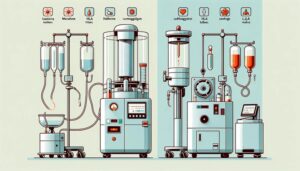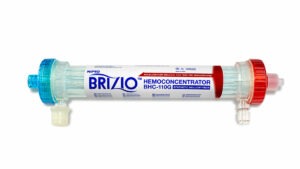
Perfusion Techniques for an 800 g Premature Neonate Undergoing Arterial Switch Procedure for Transposition of the Great Arteries
This article highlights the groundbreaking success in utilizing cardiopulmonary bypass (CPB) techniques for congenital heart surgery in premature neonates weighing less than 1000 g. Focusing on a case of a 28-week-old, 800 g neonate with transposition of the great arteries, the study discusses the challenges and innovations in perfusion techniques. Miniaturization of the CPB circuit, careful management of patient-to-circuit ratios, pharmacological distribution volumes, pressure gradients, and meticulous physiological environment control were key to mitigating risks such as volume shifts, electrolyte imbalance, and intracranial hemorrhage. This report underscores the feasibility and critical adjustments needed for successful CPB in extremely low birth weight neonates.










